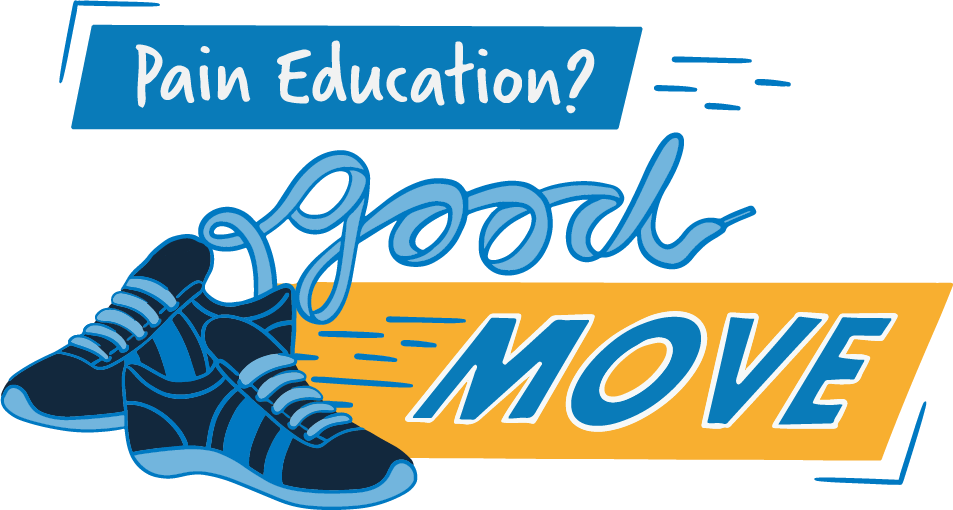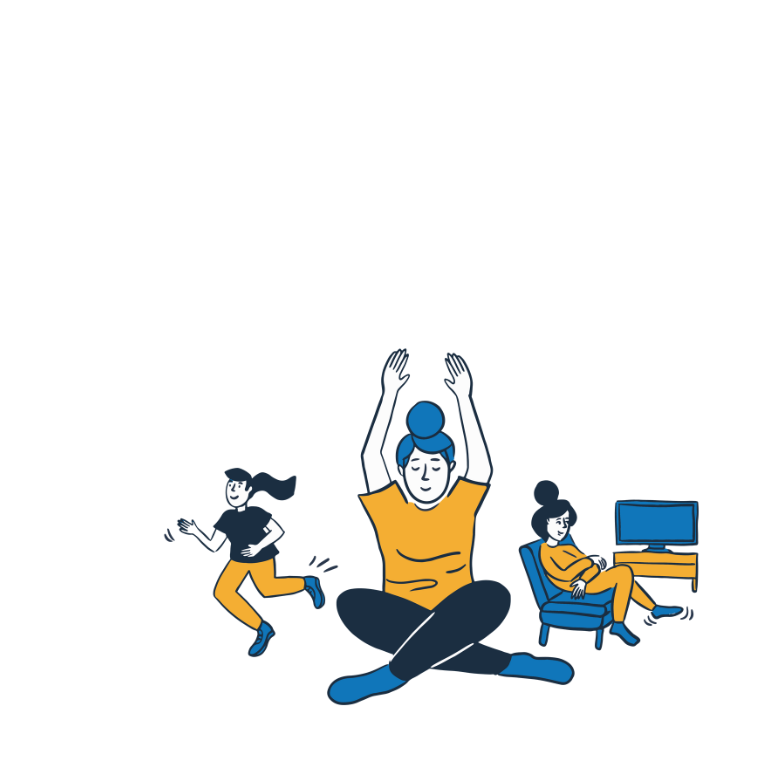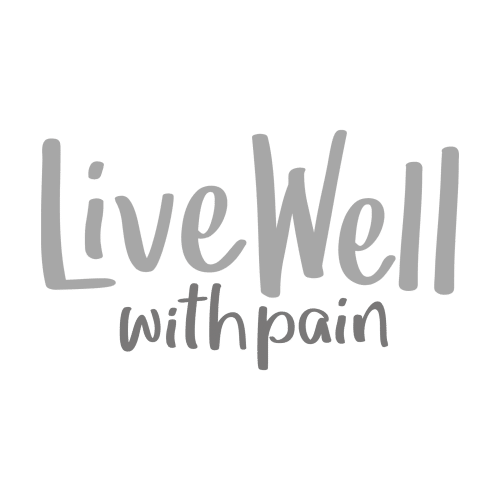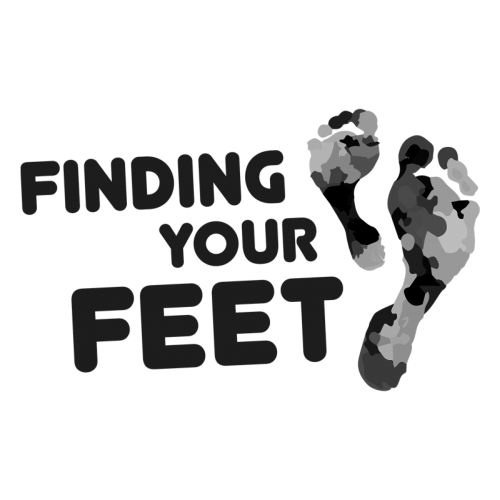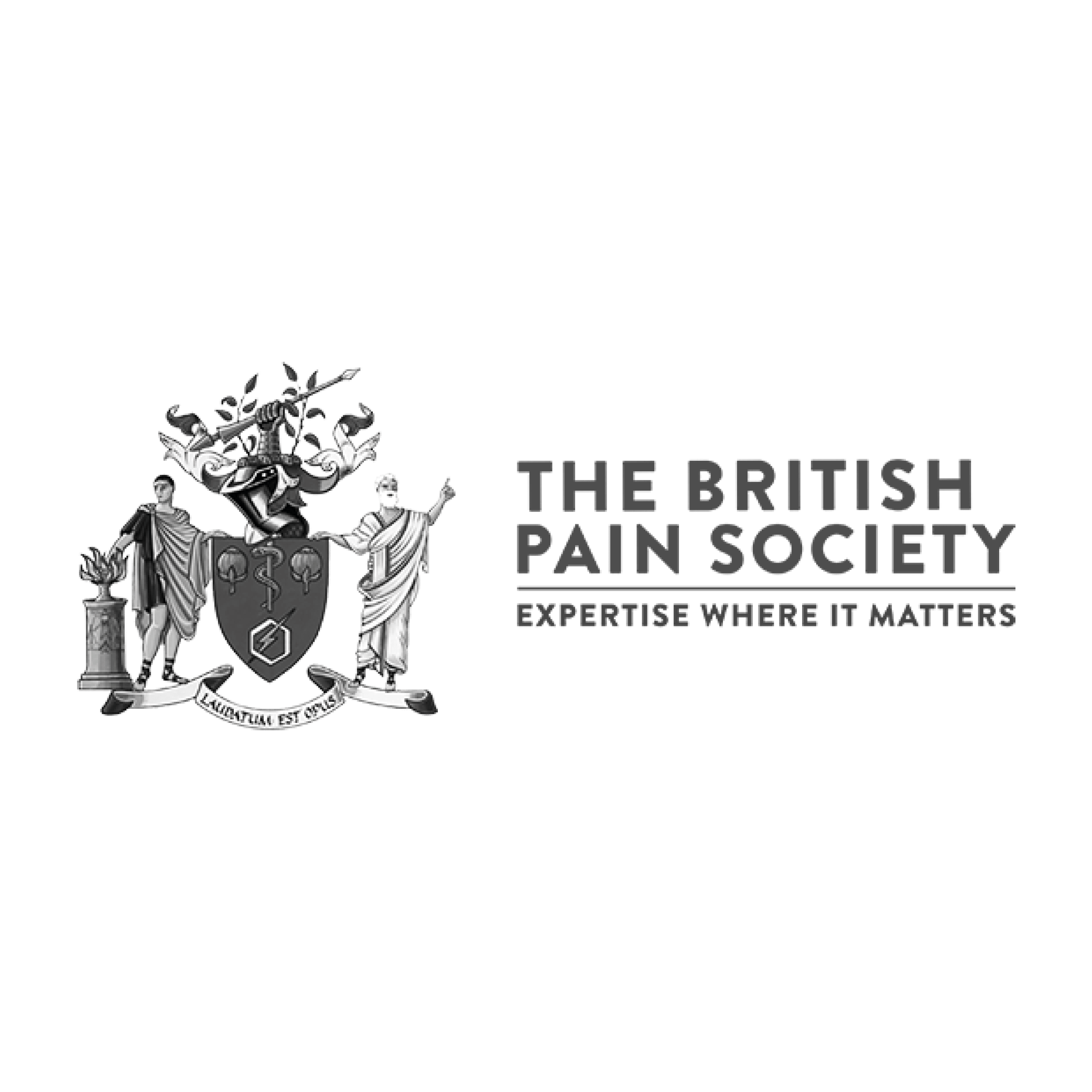Do you work with people affected by persistent pain?
Reports show that persistent pain affects up to 50% of people in the UK. It’s the leading cause of disability and work loss, and often a lonely, struggle for those experiencing it.
The good news is that recovery from persistent pain is possible: if we have the knowledge and tools to achieve it. That’s why Flippin’ Pain have created ‘Pain Education? Good Move!’
This awareness campaign focuses on the power of pain education. It can give everyone – professionals and the public alike – an understanding on what works and what doesn’t.
You don’t need to be a pain expert to help people in this situation. ‘Pain Education: Good Move!’ encourages all professionals to follow three steps:
- Engage and start a conversation
- Educate, using the latest pain science
- Empower people to move more.
